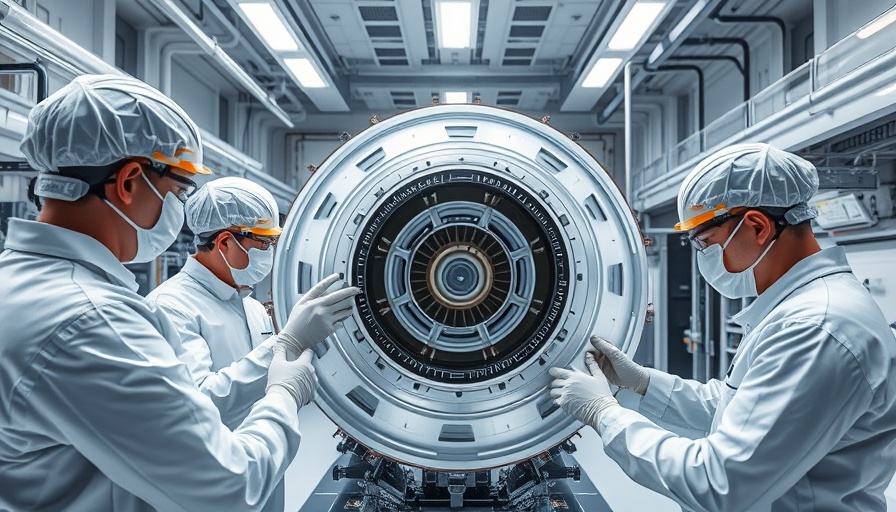
How Can Spacecraft "Sweat" to Stay Cool?
As the exploration of space continues to evolve, so too must the technology that keeps our spacecraft safe during the intense reentry process. An exciting innovation from a team at Texas A&M University highlights a revolutionary concept: equipping reusable spacecraft to “sweat” a coolant gas. This innovative approach utilizes transpiration cooling, a method that releases gas along the spacecraft’s surface, providing cooling and creating a barrier against the extreme heat generated during atmospheric reentry.
The Problem with Traditional Heat Shields
Traditionally, spacecraft rely on heat shields made from materials that melt or need replacement after each flight. This not only poses a challenge to the reusability of these vehicles but also adds significant costs and labor. The proposed solution involves a 3D-printed silicon carbide material, developed by Canopy Aerospace, designed to withstand substantial atmospheric pressures while allowing coolant gas to permeate it. “Gas has a very low thermal conductivity,” explains Dr. Hassan Saad Ifti, illustrating its effectiveness in trapping thermal insulation.
Practical Testing and Future Insights
The researchers are currently conducting tests to assess how effectively this new material allows for coolant release and how well it insulates against heat. William Matthews, a fourth-year Ph.D. student leading these tests, notes that the goal is to see cooler surface temperatures during hypersonic speeds. The initial results could pave the way for radical improvements in reusable spacecraft technology.
Potential Impacts on Space Exploration
Innovations like transpiration cooling have broader implications than just improved safety for spacecraft. If successful, this technology could significantly reduce turnaround times for missions, enabling more frequent launches and reducing overall operational costs. Moreover, it aligns with NASA’s ongoing push for sustainability and efficiency within space exploration initiatives.
Conclusion: A Step Toward a More Sustainable Future
As space agencies and private companies alike strive for advancements in reusability and efficiency, the innovative approach of making spacecraft “sweat” presents an intriguing potential shift in design and engineering. The concept could redefine how we approach spacecraft heat protection, leading to not only enhanced safety but also a more sustainable future for spaceflight.
 Add Row
Add Row  Add
Add 




Write A Comment